Up Next

Cast your mind back to March and remember how quickly – and spectacularly – esports sprang into action to fill the gap when real-world racing was halted.
What began as The Race All-Star Esports Battle led the way, and soon spawned the Legends Trophy and much more.
As 2020 comes to a close, we take a comprehensive look back at those crazy days with the people who made it happen.
Assembling the Legends
Fernando Alonso, Jenson Button, Petter Solberg, Jacques Villeneuve, Sebastian Vettel, Juan Pablo Montoya, Emerson Fittipaldi and so many more, racing each other in 1970s Formula 1 cars and modern IndyCars… It still seems hard to believe the Legends Trophy really happened.
Sam Smith was among those tasked with recruiting the drivers. He shares the inside story.
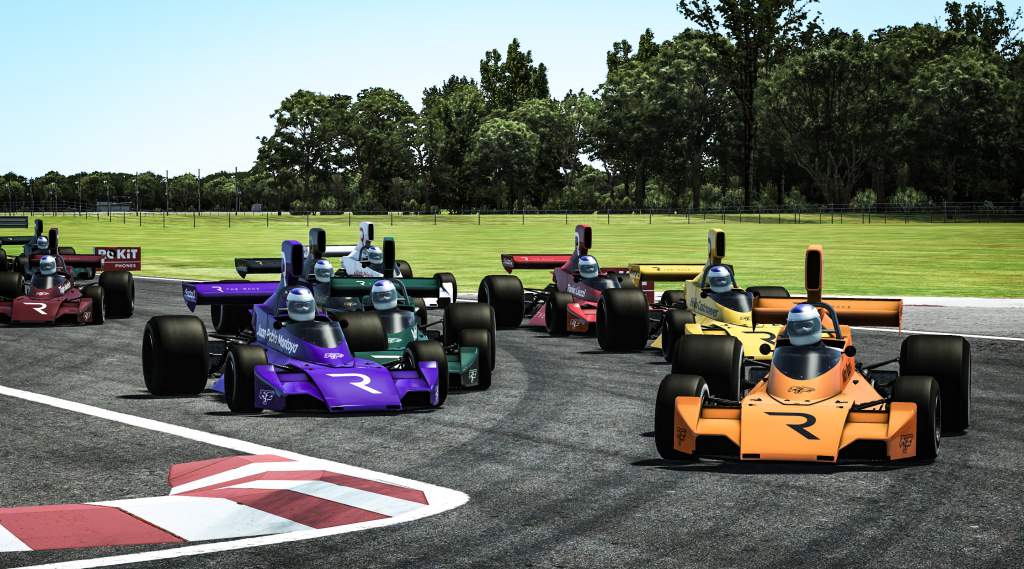
The weekend before the official lockdown began I was on a long-planned family break in my home city of York when the familiar notification ping on my phone awoke me on Sunday morning. It was The Race’s founder, Andrew van de Burgt, and it was a call to arms.
Could I contact as many drivers as I could who might be up for an All-Star esports race the following weekend?
That day I would pull away from walks through the historic streets for illicit message sending to a da Costa, a Guenther, a Vandoorne, a Bird, a Piquet Jr, a Jani and so on. By the end of the day I was very much the least popular member of our family as my ‘off duty’ status waned.
The initial responses I received ranged from the wholly positive and accepting to one that just read: “I’m too old for this shit, thanks anyway!”
But within hours Antonio Felix da Costa, Maximilian Guenther, Neel Jani, Oliver Rowland, Oliver Turvey and Stoffel Vandoorne had been rounded-up for inclusion or future inclusion once they had their hardware sorted out. That last element was a big factor because many who were presumed to be big gamers simply didn’t have the right equipment to take part.
Others were just in the wrong place at the wrong time and couldn’t get access to equipment at all. This went on to affect the likes of Sam Bird and Lucas di Grassi in Formula E’s infamous Race at Home Challenge, although both eventually got hooked up and running.
Others I contacted like Mitch Evans and James Rossiter were having a knees up at their mate Andre Lotterer’s house in rural France!
While the All-Star Esports battle went on to great success and multiple seasons, it was the Legends Trophy which stood out for sheer spectacle and drama.
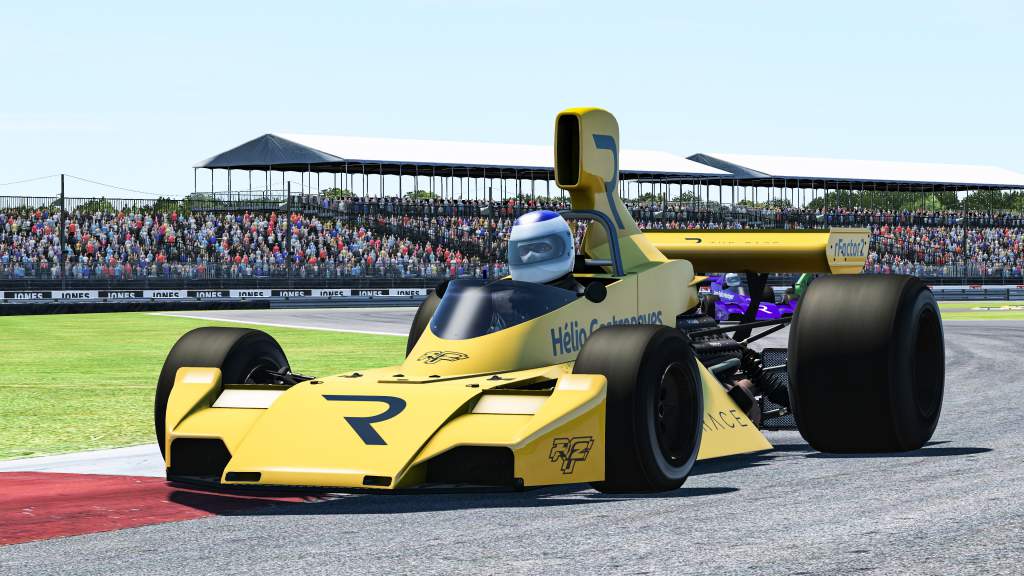
We were asked to dip in to our little black books once again in April but this time it was the slightly older editions we had to unearth and thumb through.
I have to admit that esports was not a world I knew but over three months or so I got hooked on seeing a grid assembled by a select few of us become a thrilling surreal rollercoaster ride.
I’ve been around a bit, so long in fact that I have a reasonable contacts book, so I along with several others started to pull in some favours, talk up the plans or in most cases just nag and beg some big names or their managers into submission.
Some were easier than others. Direct cold calling was something I thought I’d left behind when I used to flog wine to bored Cheshire housewives in the mid-1990s but here I was calling up Tonio Liuzzi, Emanuele Pirro, Olivier Panis, Mika Salo and Jacques Villeneuve to name but a few.
On that latter name, I informed VDB of the good news that Villeneuve was up for it with a simple six word text: “We’ve got the son of God”.
Perhaps the writing had been on the wall from late March when Dario Franchitti sent me a message that showed him ragging a virtual 1995 spec Ferrari Formula 1 car around Oulton Park, using the proper Knickerbrook obviously!
There was something in this.
Even for old cynics like myself, esports may not be ‘racing’ but it’s as close as we’d get to it for a while. In fact the more outlandish the better, and pretending to be Jean Alesi at Oulton Park was suitably mad.
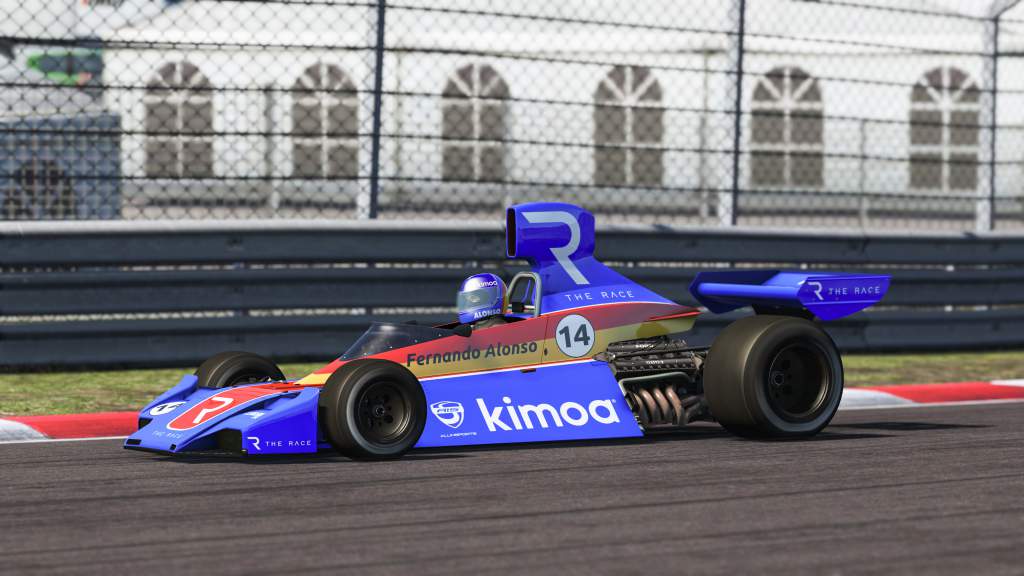
The Legends Trophy highlights became numerous, whether they were Fernando Alonso out-Dumbreck-ing Peter Dumbreck with a cataclysmic shunt at Zandvoort’s final corner; Jenson Button and Jan Magnussen’s outrageously entertaining battle at Lime Rock or a thrilling Indianapolis oval finale between virtual sensations Button and Alonso.
Then there was the Legends WhatsApp banter, which was a reality show all of its own in the making. It was one which would regularly render us incapacitated with mirth.
It sometimes got feisty but always ended in a mutual realisation that fun and camaraderie were the overriding themes. It was an absolute joy just to witness a group of genuine racing legends having a laugh and tapping into their competitive reflexes.
From a tremendous gang of former IndyCar drivers who mercilessly took the piss out of each other to the consistent comic brilliance of Jason Plato to the cool and highly amusing ambivalence of Salo, there was so much value from so many greats of racing spanning the last four decades and more.
The ‘fun’ of getting up and running in the Legends Trophy was tangible even if it was sometimes sprinkled with fraughtness.
In particular, Steve Soper was unsparing in detail regarding his “inherent computer illiteracy.”
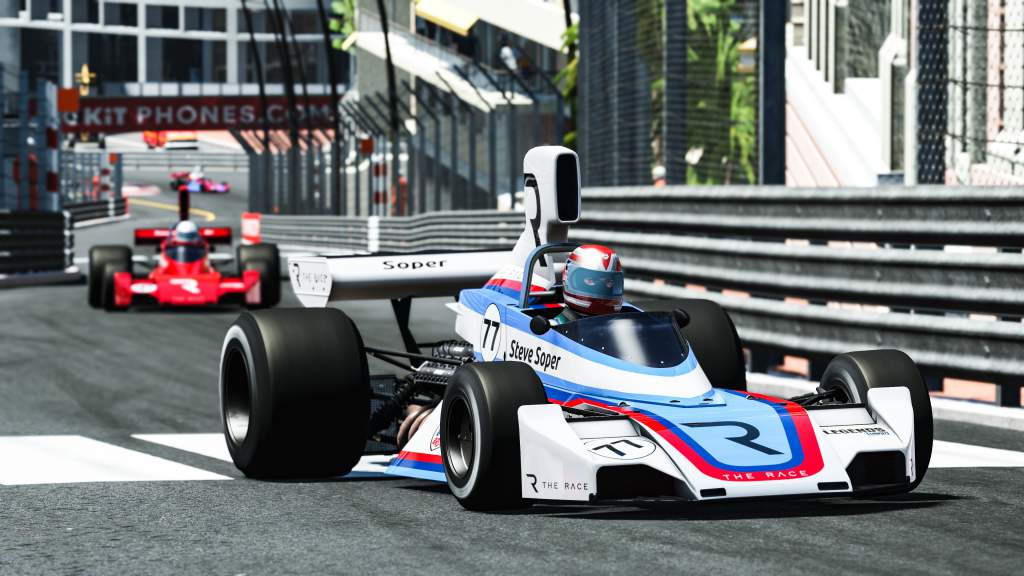
“When I do this I have to call upon my daughter to help set things up a fair bit, she’s my team manager really,” he told me back in May.
“And like all great team managers I’ve had, we’ve fallen out a few times, and last night we shouted at each other while trying to get on the server and ended up communicating via separate rooms!”
He joined the fun along with many more and by the second series in June there was a monumental finale at Le Mans won by Juan Pablo Montoya, who had been a Legends and All-Star regular since the start.
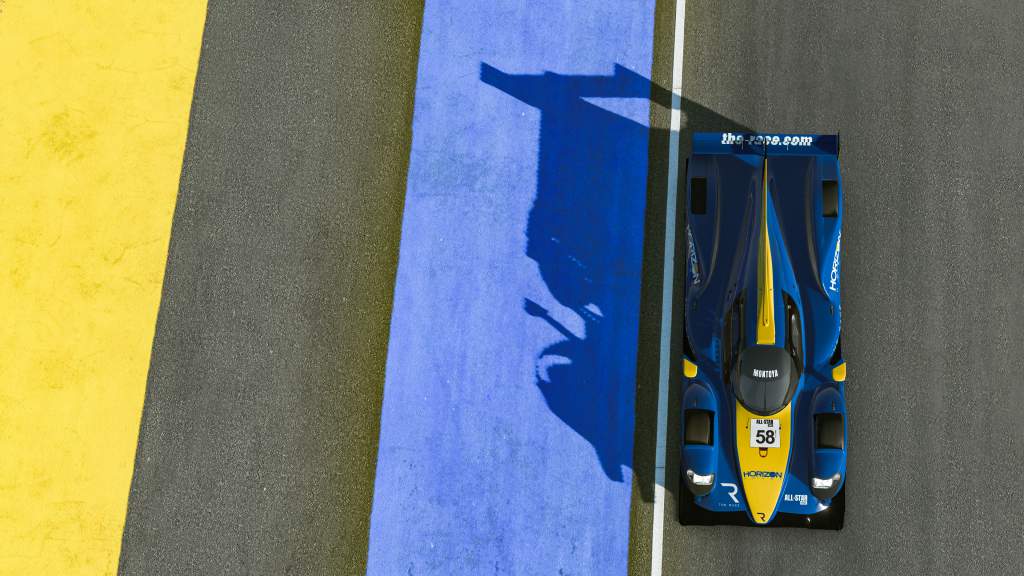
In a way it all seemed like some form of weird Dadaist dream. But what esports did was bring its fun, competitiveness and professionalism to the wider attention of a captive audience while fuelling true creatives, such as the team behind The Race’s series, to lead the way in some seriously tough and frustrating times.
Imagine saying 12 months ago that Fernando Alonso and Petter Solberg would be banging virtual wheels in Brabham BT43s around Silverstone and Zandvoort with Emerson Fittipaldi, Steve Soper and Jason Plato in close attendance.
Or that Sebastian Vettel and Jacques Villeneuve (with primeval-spec hardware) would make last minute cameos in the same machines.
But it happened, and having been able to play a small part in helping put some of those famous bums in ‘seats’ and to see the carnage and fun evolve was a weird but very entertaining privilege.
There was a tremendous team behind it all: Darren Cox, Paul Ryan, AJ Smith, Edmund Trevelyan-Johnson, Jof Cox, Stuart Mosley, the aforementioned VDB, Rebecca Banks, Christopher Elliott, Paul Crawford, Paige ‘the livery guru’ Pell, the whole rFactor 2 team.
Six months on from it all, I’ll leave it to Franchitti to encapsulate a genuinely wonderful few months that entertained tens of thousands of people all over the world.
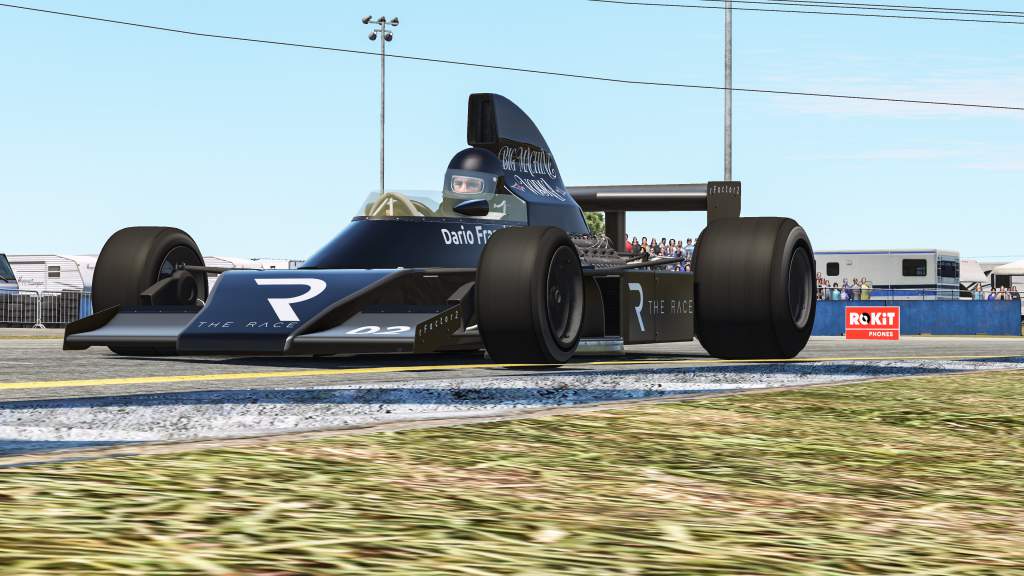
“I used to play [1970s arcade game] Pole Position and stuff like that, I used to hustle people at Pole Position when I was about six years old,” he said just after getting sucked into esports by fellow Legend and simulator guru Darren Turner.
“To me having Emerson there was really special. A lot of the guys [taking part] were the same generation, but to have Emerson there was just the icing on the cake. He’s such a cool character, such a legend of the sport.
“I was following Emmo at one point in practice thinking, ‘he actually drove against this car and so he knows exactly what he’s up against’.
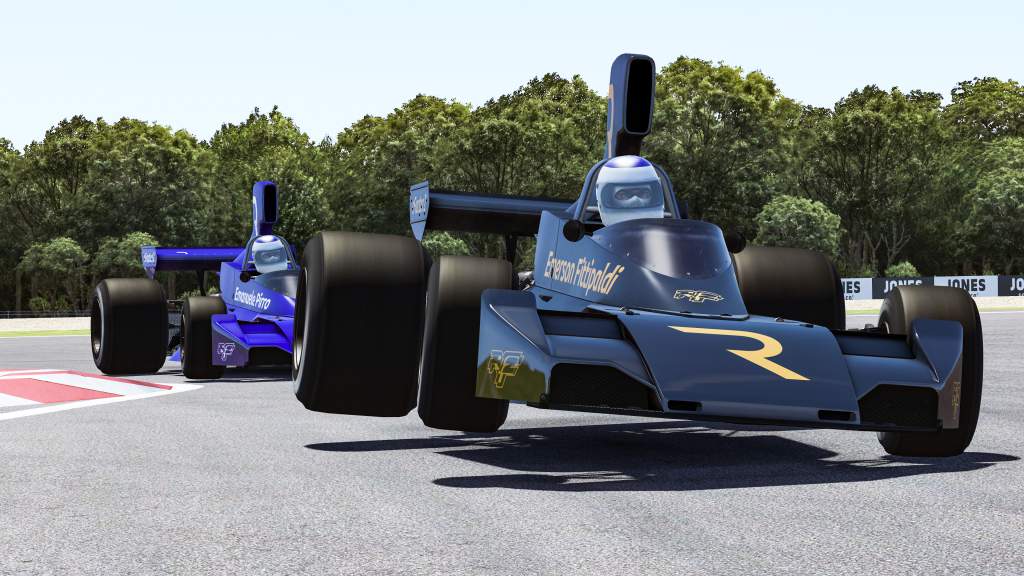
“I bet he was having flashbacks thinking, ‘yeah, there’s more runoff at Copse now than there used to be!’
“It’s hyper real and such fun. Honestly, the adrenaline buzz afterwards from winning was so big, I was really surprised.”
Ranking the Legends
Button and Montoya won the two Legends Trophy championship seasons, but who actually impressed the most? Our esports editor Nathan Quinn picks his top five drivers
5 – Petter Solberg
We're just posting this for Slo Mo drift reasons. @petter_solberg at full tilt. pic.twitter.com/z9qnSEdKrQ
— The Race (@wearetherace) May 9, 2020
One of the most flamboyant Legends drivers on track and successful too, even if it was a world away from the sort of motorsport the World Rally and World Rallycross champion has done for a career.
Solberg won the reverse grid race at the Nurburgring in season one and his sideways drifting helped him wrestle the Brabham BT44B to another reverse grid win at Estoril, gaining 15 positions from where he started to get there.
In the Triple Crown series he even outscored Fernando Alonso in the Legends standings, which is some achievement given the double F1 champion’s record across Monaco, Indy and Le Mans.
4 – Jan Magnussen
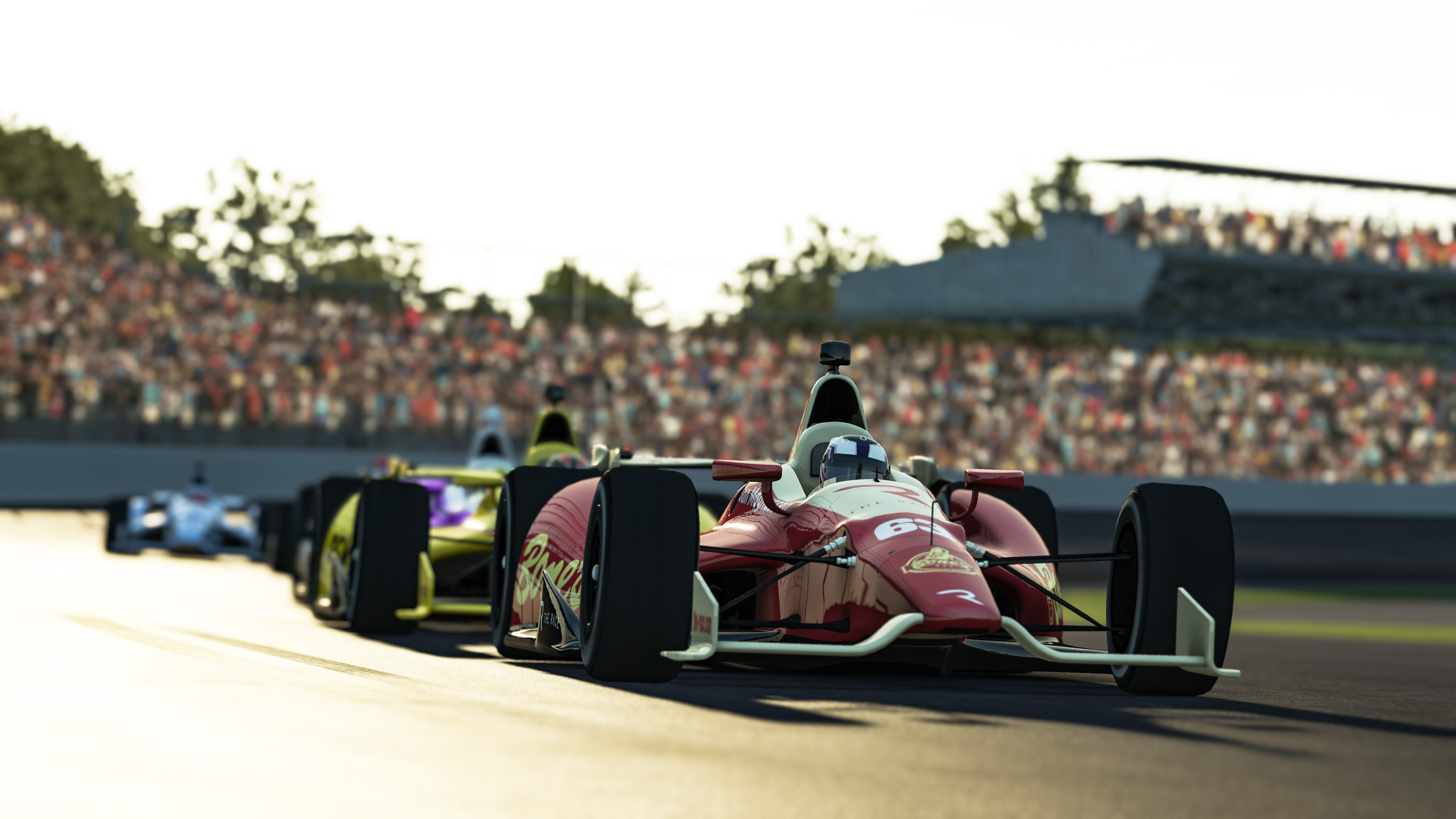
Magnussen was one of the quickest to get to grips with simracing, finishing sixth in the first Legends race and then taking pole position, the race win and the fastest lap in the second event.
From then on he took two more race wins and five podium finishes and ended the second season third in the Legends Trophy standings.
Magnussen also put on a stunning display of defensive driving by holding off Jenson Button at Lime Rock Park, taking the lead at the start by reacting to the lights faster and making a diving move into the first corner.
3 – Juan Pablo Montoya
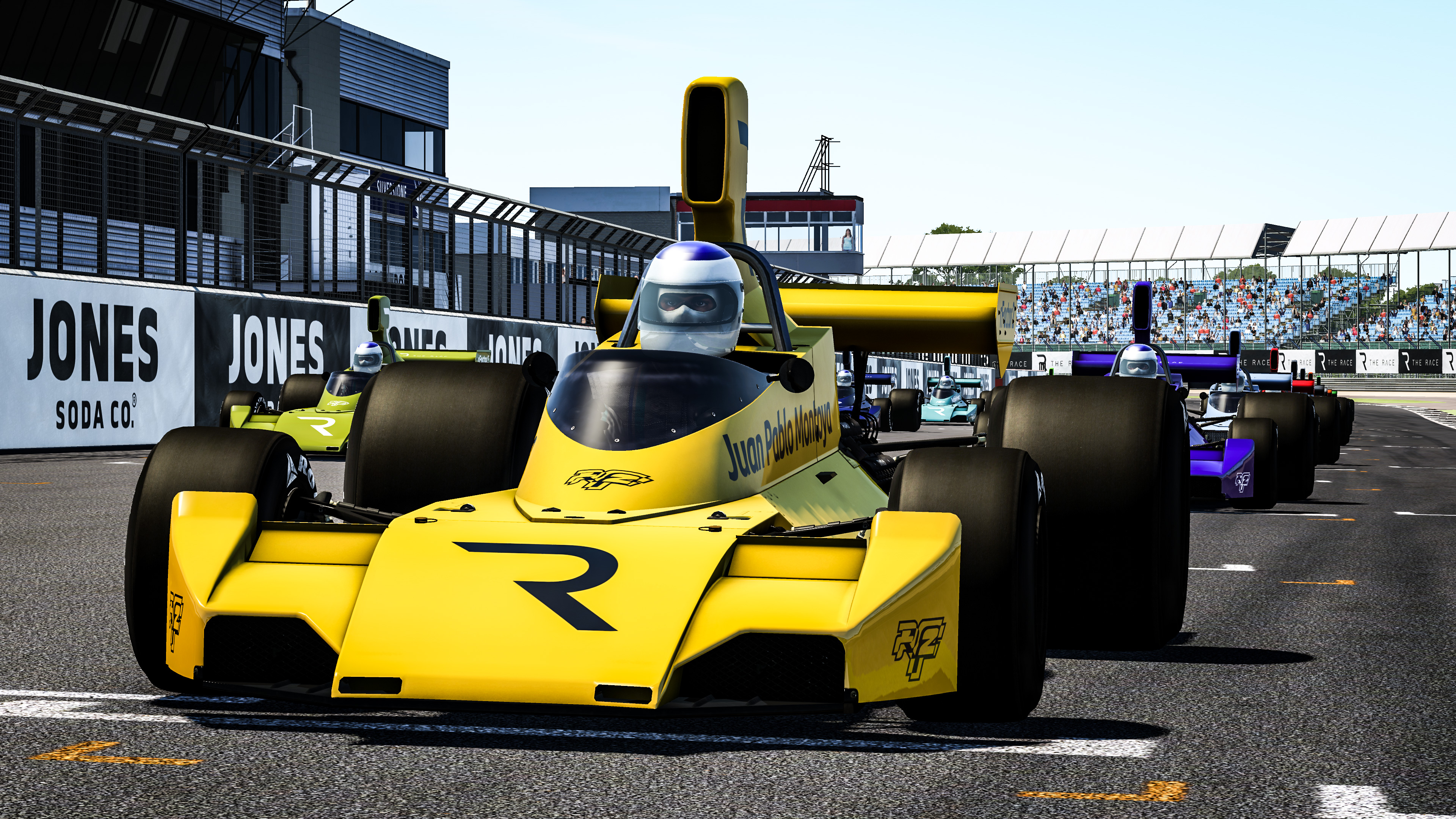
A first corner crash stopped him from becoming the winner of the first Legends race at Silverstone, where he was the fastest in qualifying and set the fastest lap in the race as he tried to recover.
Fastest race lap times became a habit for Montoya, but it took until the sixth All-Star round before he was able to get a race win too.
Montoya’s form carried on into the second season. He won the first Legends Trophy race having started in fifth place in Malaysia before making up 11 positions in the reverse grid race to briefly lead the inaugural drivers’ championship.
His time in the All-Star Series ended on a big high as he became the Legends Trophy champion in the Triple Crown series, edging David Brabham by a mere four points in the Le Mans decider.
2 – Jenson Button
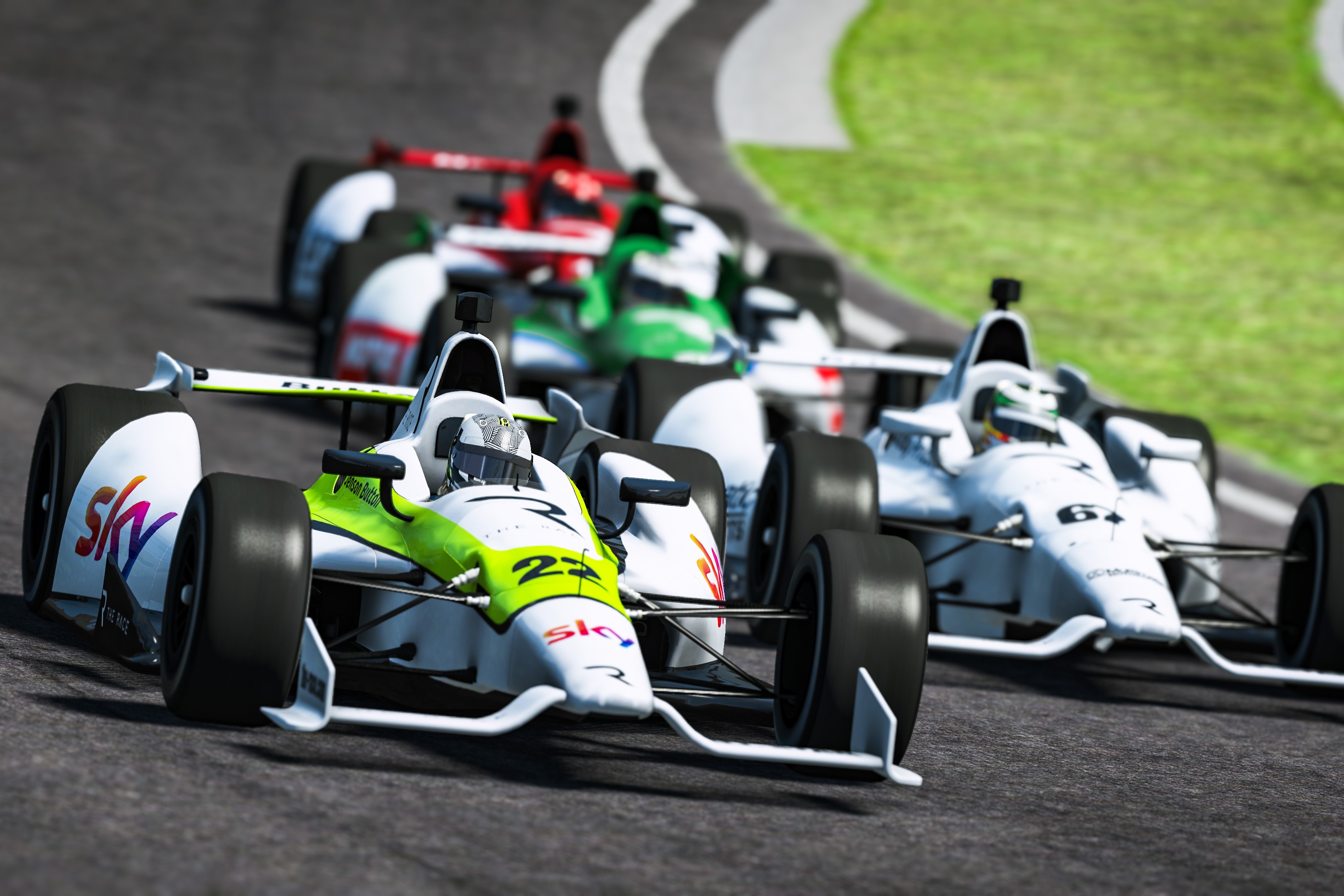
One of the more consistent drivers. Button finished at least second in every normally gridded race he took part in with two exceptions, the first one being his first Legends event.
The only other exception was the Indianapolis round in the Triple Crown series where he was seventh in the standard race but the winner of the reverse grid race.
That consistency certainly helped Button become the Legends Trophy champion in the second All-Star season, outscoring runner up Emanuele Pirro by 51 points.
But one lap pace was also extremely strong, as he took his first pole position at the same event as his first win and he took the top spot on the grid for the next four rounds in a row.
1 – Fernando Alonso
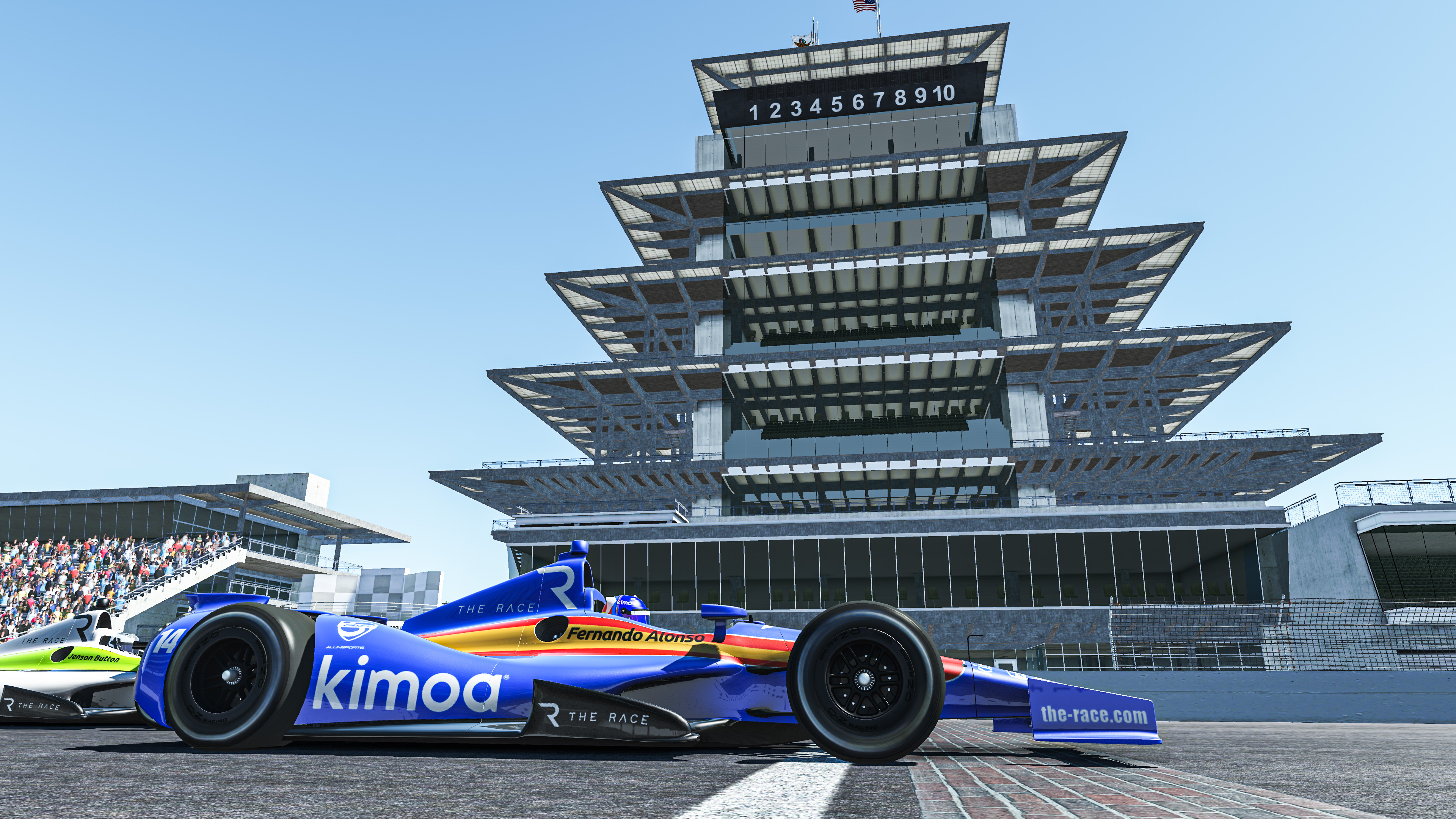
The two-time Formula 1 world champion first took part in the third round of the second season in the All-Star Series, having a promising but hectic couple of races and failing to finish either.
Afterwards he won all of the remaining four races in the second season and carried on his streak into the third season, before it came to an end when he finished third in the reverse grid race in Monaco.
In 10 laps he gained 10 positions and he set the fastest lap of the race by a massive 0.7s over nearest rival Montoya.
Were it not for a DNF in the double points final event at Le Mans in the Triple Crown series, Alonso would’ve likely won that championship as he led it going into the decider.
How it all began: The first All-Star Esports Battle
Within hours of F1’s Australian Grand Prix being called off, Max Verstappen was among those being recruited to take part in The Race All-Star Esports Battle instead.
Nathan Quinn got the inside story on how that remarkable first race came together so fast
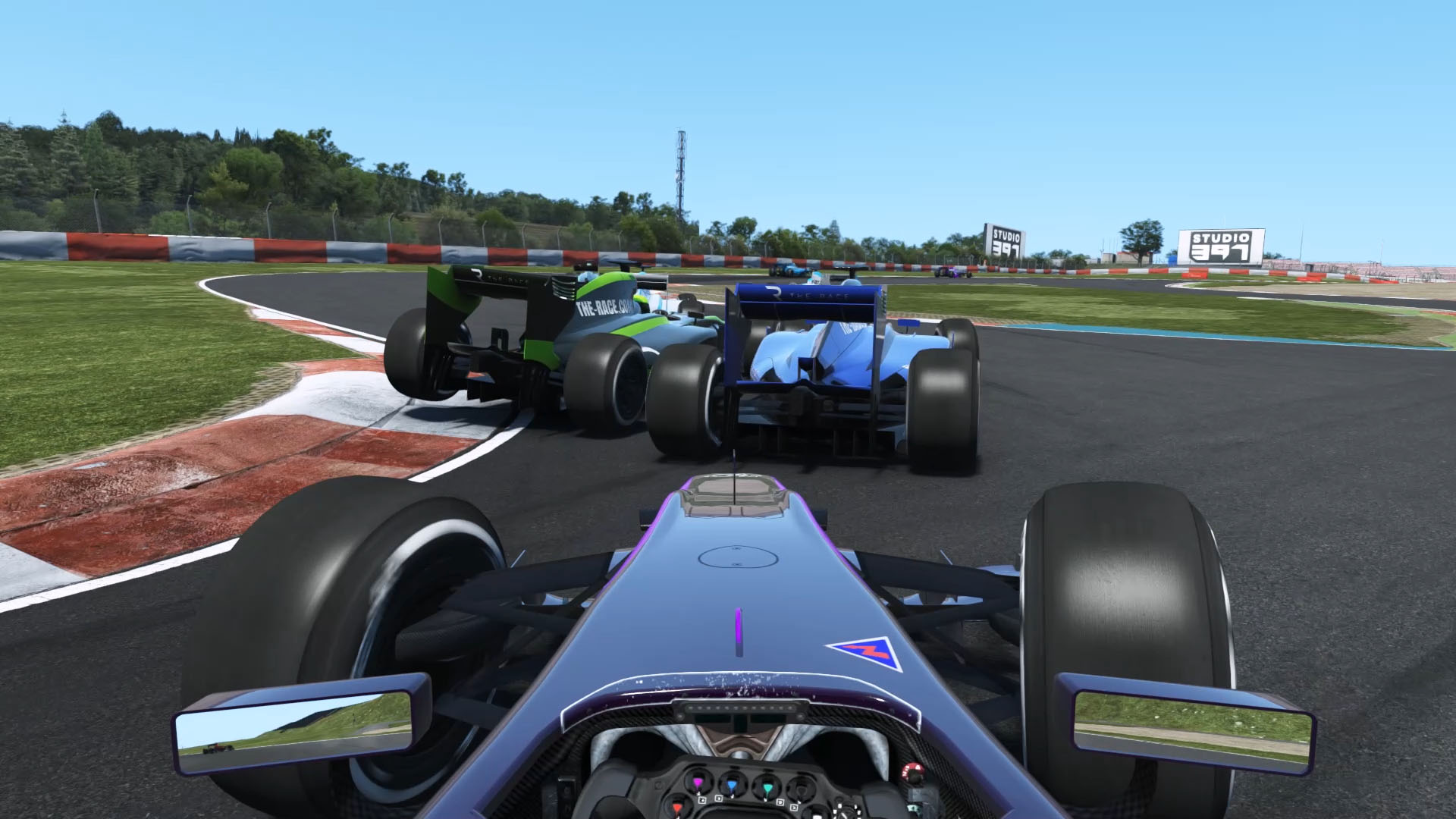
Looking back it’s strange how suddenly esports events became a ubiquitous part of the racing community given the rapid cancellation of real-world events.
In a matter of weeks, if not days, simracing went from being comparatively unknown and ignored by a lot of motorsport fans, to pulling in huge numbers of viewers and media attention across the multitude of virtual racing series that sprung up.
That includes The Race’s own All-Star series, initially set up in the wake of the cancellation of the first rounds in both the Formula 1 and IndyCar championships.
Bizarrely, with The Race barely a month old, it became one of the first racing events to be reported on by the team.
It proved to be more than just a consolation for the lack of real-world races though, with the first event proving to be a success and spawning so much more over the following three months.
“We had a team of people in Melbourne for the F1 race including our co-founder Andrew van de Burgt. He called me with news that the race wasn’t going to happen and subsequently the St. Petersburg IndyCar race was called off as well. We put the wheels in motion pretty quickly to put on a virtual race for the fans.” said Darren Cox, CEO of The Race Media Ltd.
“Leaning on a decade of running esports events and The Race’s extensive contacts, we set about putting on a race at short notice.
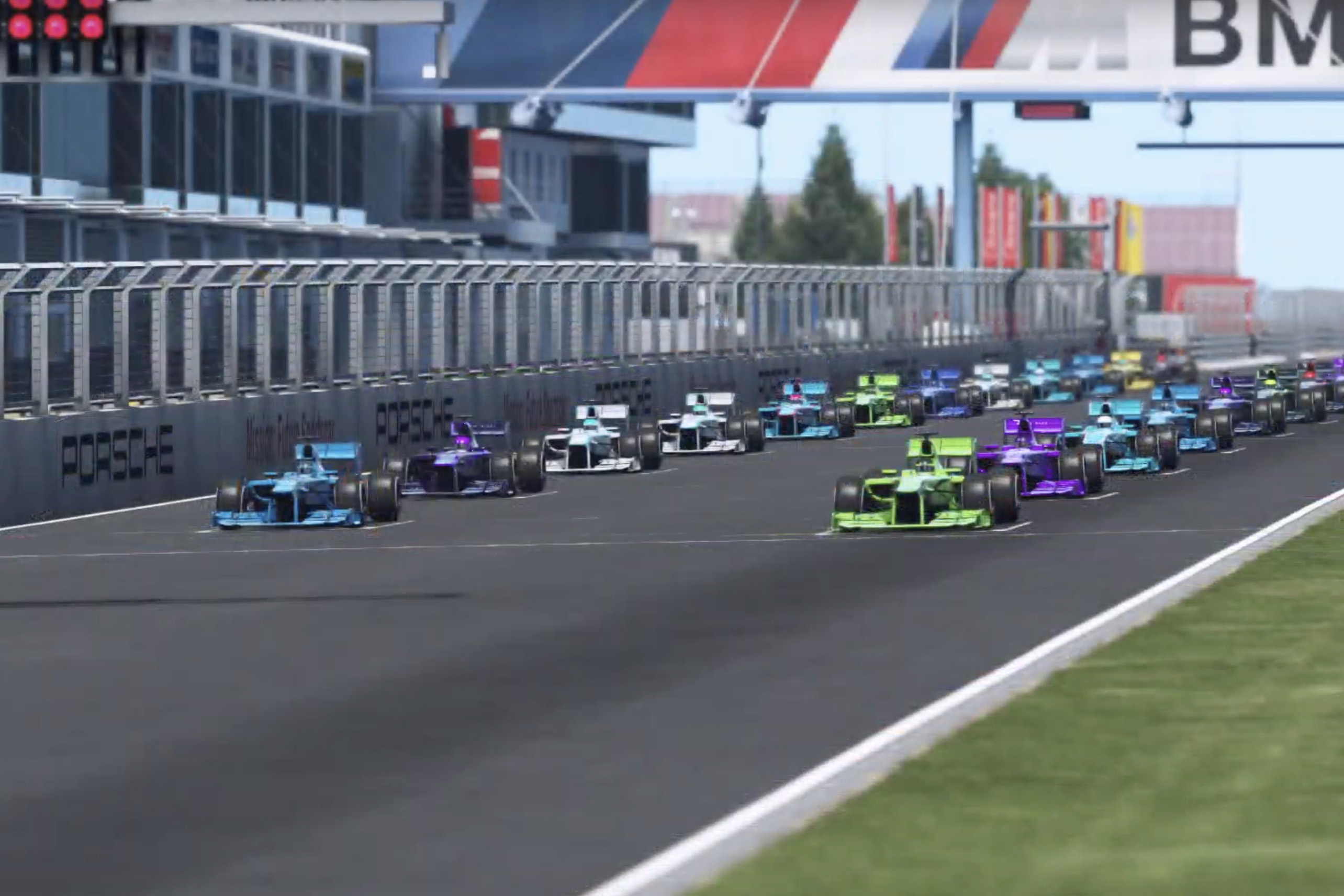
“The first race went from an idea to green flag in basically 72 hours, so there was very little time to put the whole thing together.
“We had to organise the technical components of what platform we were going to race on, where we were going to race, what cars we were going to race, how we were going to livestream the whole thing and put the commentary team together.
“So it was a very short and intensive amount of work that went into it and it went off remarkably well and started an incredible 15 week run where we had some pretty incredible racing.”
The victors from the first season were the veteran sim stars, with Jernej Simoncic winning the first event and leading a top six comprised entirely of esports racers.
Getting them onboard was obviously no trouble at all but the real world racers were trickier since it required narrowing down those who had sims available – which was a much smaller number at the start of the esports boom.
Luckily the buzz around an alternative racing event was quite strong among racing drivers, with many keen to jump in even before the All-Star events had established themselves.
So that first event had big names taking part including Red Bull F1 racer Max Verstappen and eventual Formula E champion Antonio Felix da Costa as well as Felix Rosenqvist, who was the highest finishing pro driver in that inaugural event.
“It was a matter of going ‘who’s got a sim’?” remembers Cox.
“Everybody was going to be busy on the weekend either with IndyCar or Formula 1 and so we got the word out very quickly and then it started to spread.
“You talk to a driver and then he goes and talks to his mate that has a sim and says ‘hey do you want to be a part of this thing?’
“Next thing we know we had a pretty extraordinary field for the opening event.”
Having to set-up an entire event from scratch meant even factors as important as which sim it was going to take place on had to be decided, with rFactor 2 the platform of choice.
Despite how much had to be prepared before the first livestream and how quick the turnaround was, there was never any consideration to delay the first event to the following week since it was expected that other virtual racing events would also spring up.
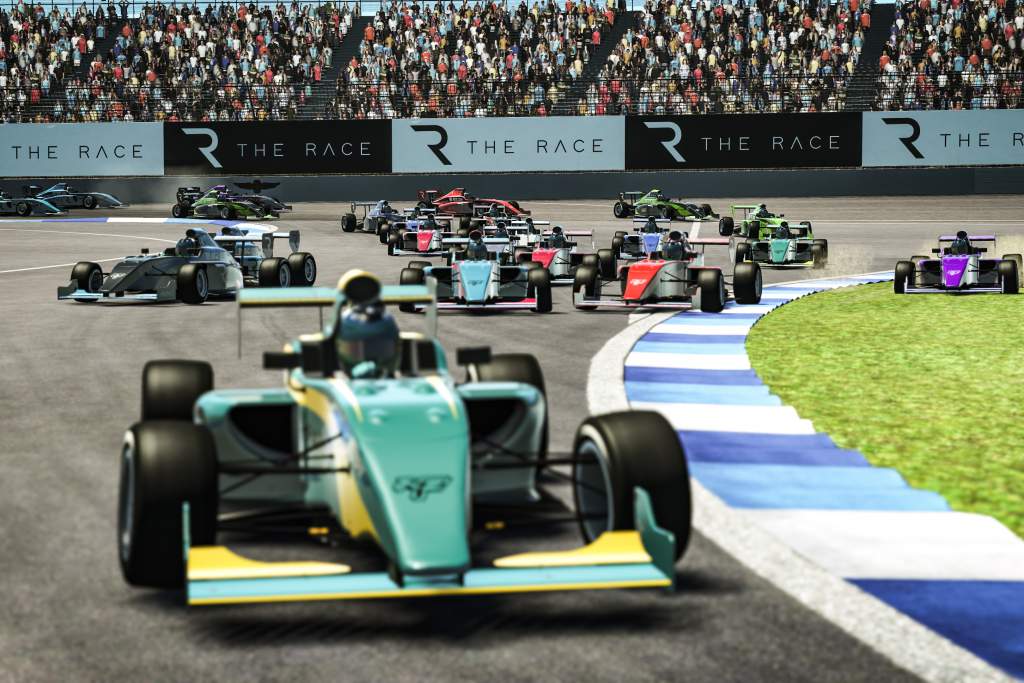
It was achieved despite the fact that there were never two members of the core team in any one location, as they were spread across the UK, Europe and the US, so they all had to work remotely.
“A lot of the core team behind it have been around for more than a decade and worked on other projects in the past, such as GT Academy and World’s Fastest Gamer, and it’s very much a ‘make it happen’ attitude,” Cox says.
“One of the things that the entire team in the background is very proud of is that over the 15 weeks of competition we didn’t have a single game failure or streaming failure, the whole thing went off without a hitch and that is very difficult to do.
“The fact that each week for 15 weeks we connected 100+ different racers from all over all over the globe to come together and compete without any screw ups is quite remarkable actually.
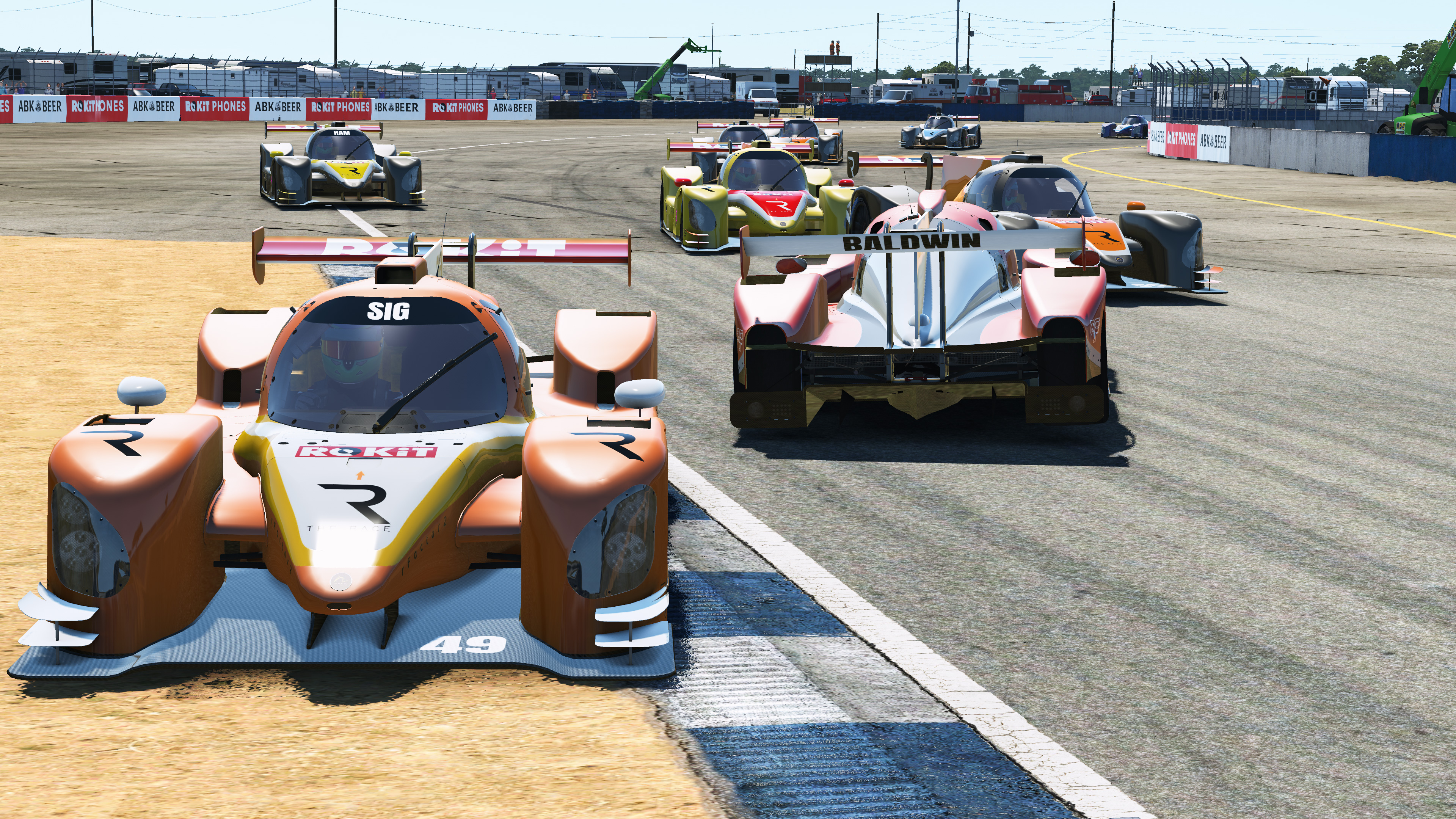
“We ended up live on ESPN and Eurosport, going to 90 different broadcasters around the
world reaching 600 million homes.
“It raised the bar for esports racing and it was very important for us to jump on this very early and very quickly.
“It showed, particularly once real-world racing started to come back, that it certainly has a place and we would love to do it again.”
Five races to watch again
You can find all the All-Star and Legends racing broadcasts on our YouTube channel, but Nathan Quinn has picked five races in particular that are well worth enjoying again
5 – Event 3 Final
One of the closest finals in terms of the winner, with sim racers Bono Huis, Rudy van Buren and Nikodem Wisniewski all at one stage leading.
Ultimately the top seven drivers were separated by just over five seconds as the chequered flag fell after 22 laps of hard fought racing around the Silverstone National Circuit.
4 – Pro Cup Triple Crown Monaco Reverse Grid Race
A completely different viewing experience as, predictably, 22 drivers all tackling Monaco in reverse grid starting positions didn’t go without incident.
The top three got through unscathed, but behind them it was more of a lottery to decide who was still in contention for a decent result come the chequered flag.
3 – Event 1 Final
The very first event was the one that established just how quick the simracers were compared to the real-world racing drivers as the top six drivers in the final were all esports stars.
But it also featured Verstappen producing one of the best comeback drives seen in the All-Star events after a first-lap crash sent him tumbling down to 16th.
2 – Legends race at Lime Rock Park
The narrow Lime Rock Park circuit was the perfect setting for a race-long battle for first between Jenson Button and Jan Magnussen.
For the majority of the race they were separated by less than half a second. There was never a more tense duel in the All-Star Series than this one.
1 – Legends Trophy at Indianapolis
One of the few oval races and one of the closest races in all of the All-Star events, with Jenson Button and Fernando Alonso duelling at Indianapolis.
The two F1 champions traded places 11 times in the first 10 minutes and the margin between them at the end of the race was just 0.071s.





